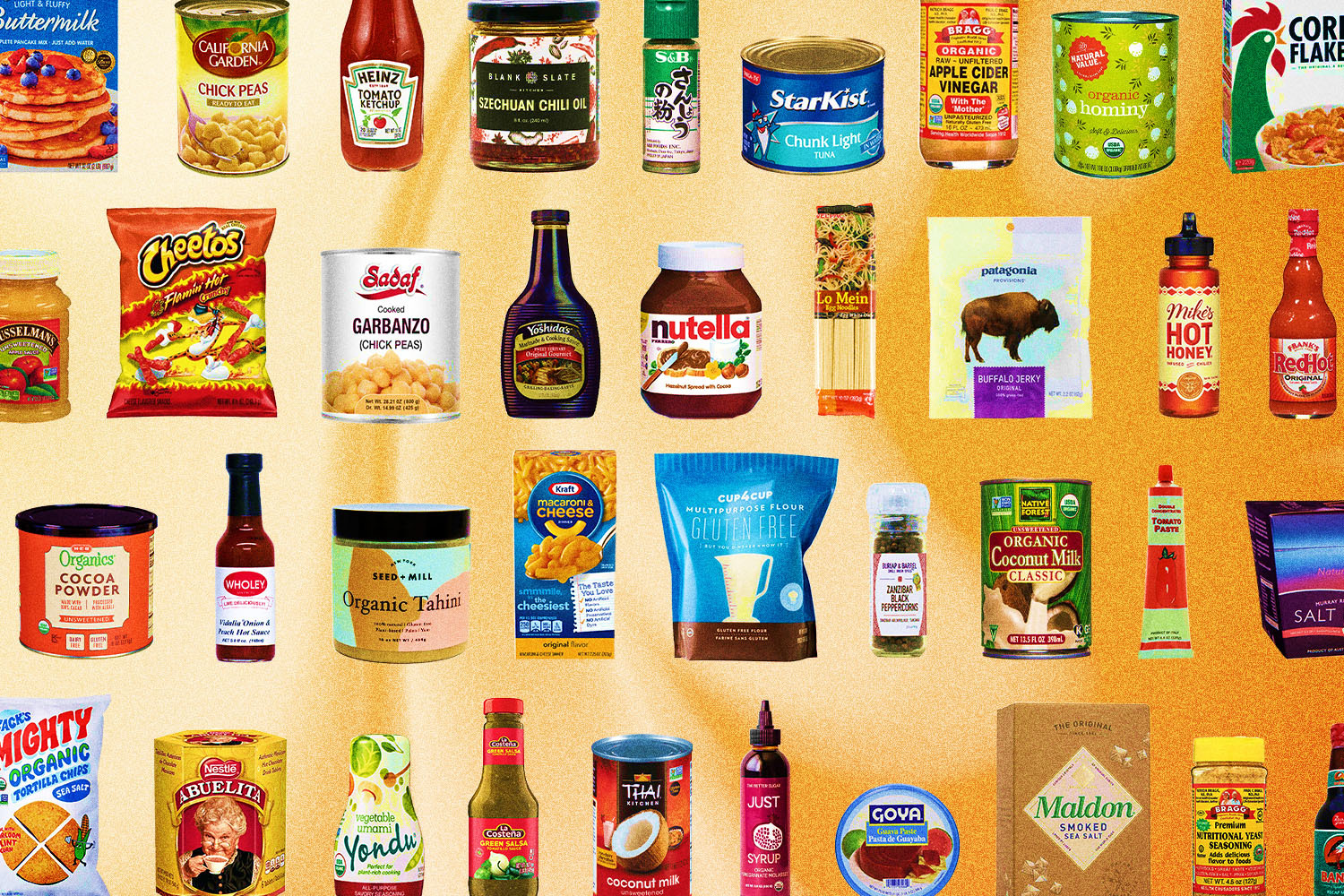In our recent interview with Padma Lakshmi, the Top Chef and Taste the Nation host discussed the uneasy economics of restaurants, especially coming out of the pandemic: “I think the reason that so many restaurants went under so quickly is because the margins are really low in restaurants and people expect a lot of value for their dollar.”
“I hope that as we reshape the restaurant industry and go back to whatever you want to call ‘normal’ or ‘full capacity,’ we do so in an equitable way,” she added. “I mean, eating out was always supposed to be a special occasion … I think now with takeout and everything, people just want everything to be so cheap, but they’re not doing math, you know?”
One place that has been doing the math? Dirt Candy, a veggie-forward diner in New York City. One of their most popular breakfast sandwiches, the spinach croque-monsieur, was recently profiled in Eater in an effort that illustrates exactly what Lakshmi is talking about. (Lakshmi actually commented on the Instagram post for the story, simply writing, “Exactly.”)
Dirt Candy opened the books for Eater, and the economic breakdown of a single sandwich is somewhat alarming; the restaurant is actually losing money on each spinach croque-monsieur. That’s because the price of any dish is more than the sum of its ingredients. Here, the food itself only costs $3.45. (Of that total, Dirt Candy pays the highest percentage on cheese.) It’s everything else that goes into running a restaurant that reflects the menu price of $14.
That includes fixed costs like rent, insurance, garbage disposal, security and an exterminator. It includes the electrical bill, which has been beefed-up all throughout the industry as of late, as restaurants have begun heating and lighting outdoor patio seating. And it includes labor costs, because Dirt Candy — alongside many other institutions — has decided to pay its staff a living wage, as opposed to having workers rely heavily on tips. Half the cost of the sandwich can be attributed to that decision.
For some consumers, especially those visiting or new to a place like New York, a $14 sandwich is something to complain about. But Dirt Candy is still losing money, to the tune of about 80 cents per spinach croque-monsieur. The only items on the menu that don’t lose money are the cocktails. Lakshmi summed up this revelation eloquently for us just the other day: “If you think about the quality and what that positive food would cost and the labor, fair wages for that labor to make you the food you love, we all spend too little, actually, on our food in proportion to all the other stuff we buy — all the stuff, all the trash that we buy and we don’t really need. “
Simply put, good food (and good establishments that treat their workers well) can’t pump out $4 sandwiches. So don’t be surprised if, post-pandemic, menu prices are a bit steeper than you remembered, especially if you live in or around a major city. The economics of a thoughtful restaurant are difficult enough to begin with, and then you factor in the sobering realities of the last year, during which governmental subsidies were scattered and often unsatisfactory, and most eateries had to flex to a takeout model, which can so often be crippling to family-run businesses.
After all, if Dirt Candy didn’t have to pay around $2.50 per delivery for every Seamless or DoorDash order, the restaurant would actually have broken even. It’s a worthy reminder before the big summer of eating ahead. Sit down at — or pick up from — restaurants as much as you can, tip well (there’s a decent shot the joint’s staff workers aren’t paid fair salaries), and try not to make a stink about any sticker shock. It’s a hard time, and eating out is a treat. Let’s treat it as such, and treat the people who make our food with the respect they deserve.
This article was featured in the InsideHook NY newsletter. Sign up now for more from all five boroughs.

















